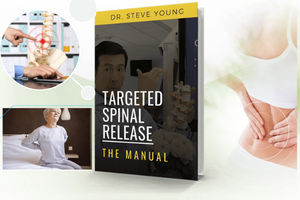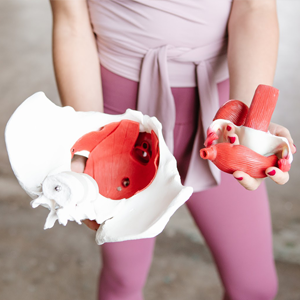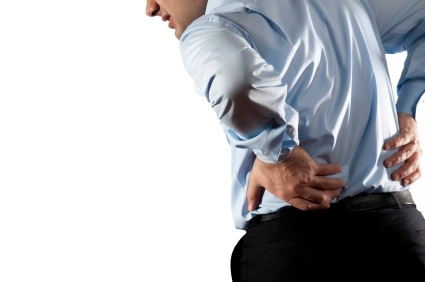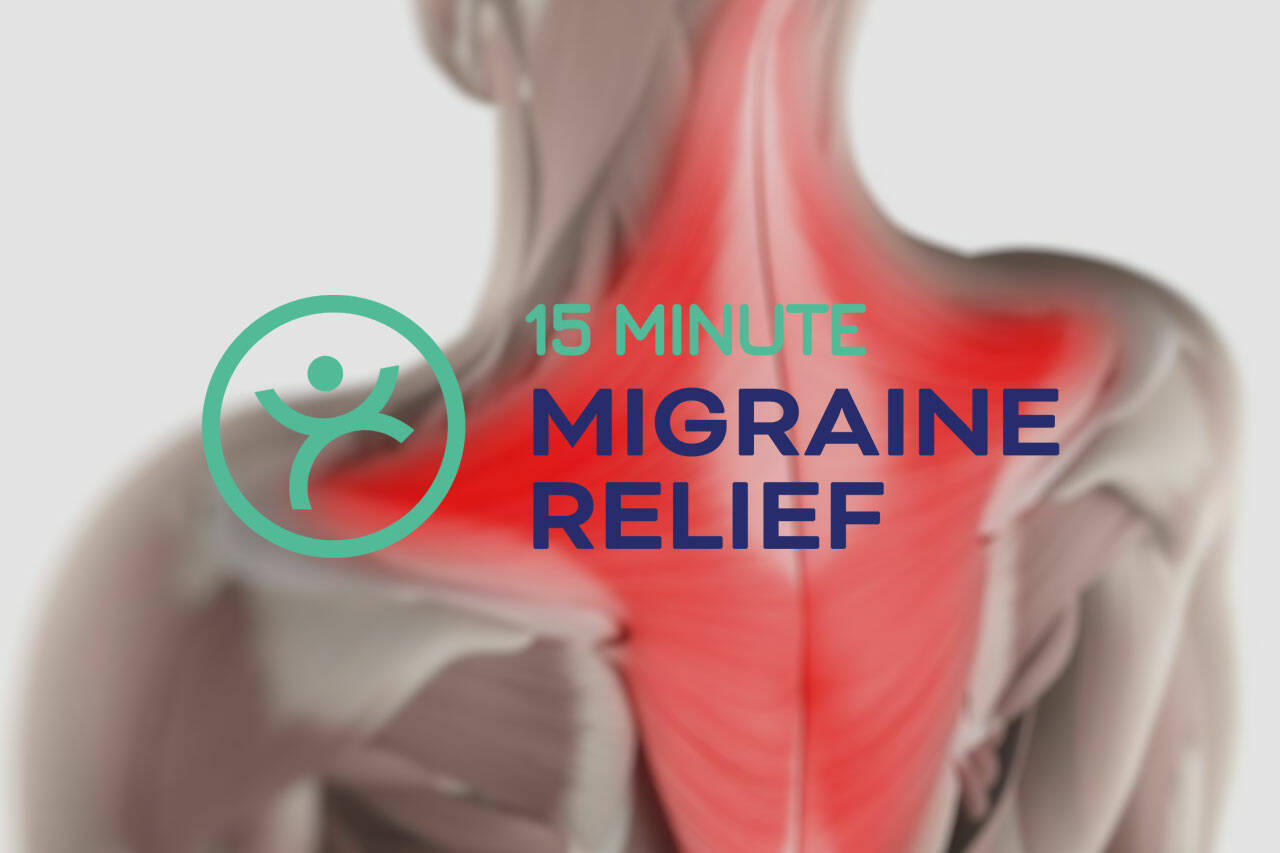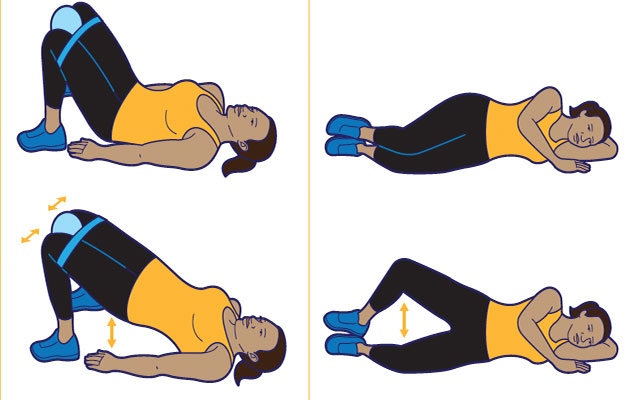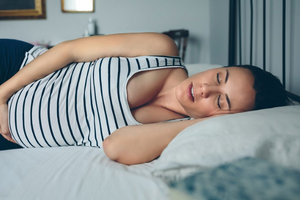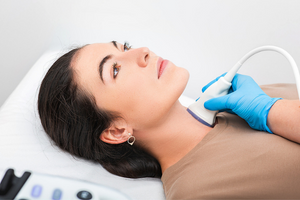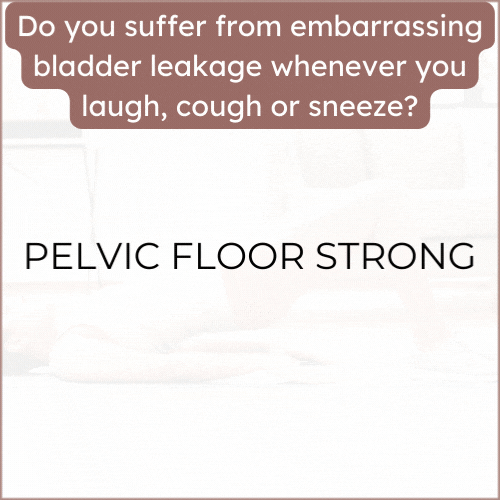Some Main Points of Menopause and Urinary Incontinence
Menopause and urinary incontinence are two health issues that are closely related. Some main points to consider regarding the relationship between menopause and urinary incontinence are:
- Menopause is a natural biological process that marks the end of a woman's reproductive years. During menopause, the ovaries stop producing estrogen and progesterone, which can lead to a variety of physical and emotional changes.
- One of the physical changes that can occur during menopause is a weakening of the pelvic floor muscles. These muscles support the bladder and urethra and help control urine flow. When these muscles weaken, it can lead to urinary incontinence.
- Estrogen plays an important role in maintaining the health and function of the urinary tract. During menopause, the decrease in estrogen levels can lead to changes in the bladder and urethra, making them more susceptible to urinary incontinence.
- There are different types of urinary incontinence that can occur during menopause, including stress incontinence, urge incontinence, and mixed incontinence. Stress incontinence is the most common type and occurs when there is pressure on the bladder, such as during exercise or sneezing. Urge incontinence is characterized by a sudden and strong urge to urinate, while mixed incontinence is a combination of both types.
- There are several treatment options available for urinary incontinence during menopause, including pelvic floor muscle exercises, bladder training, medication, and in some cases, surgery.
- Lifestyle changes can also help manage urinary incontinence during menopause. These can include maintaining a healthy weight, quitting smoking, avoiding caffeine and alcohol, and practicing good bathroom habits.
- It's important for women to speak with their healthcare provider if they are experiencing urinary incontinence during menopause. In many cases, this condition can be successfully managed with appropriate treatment and support.












